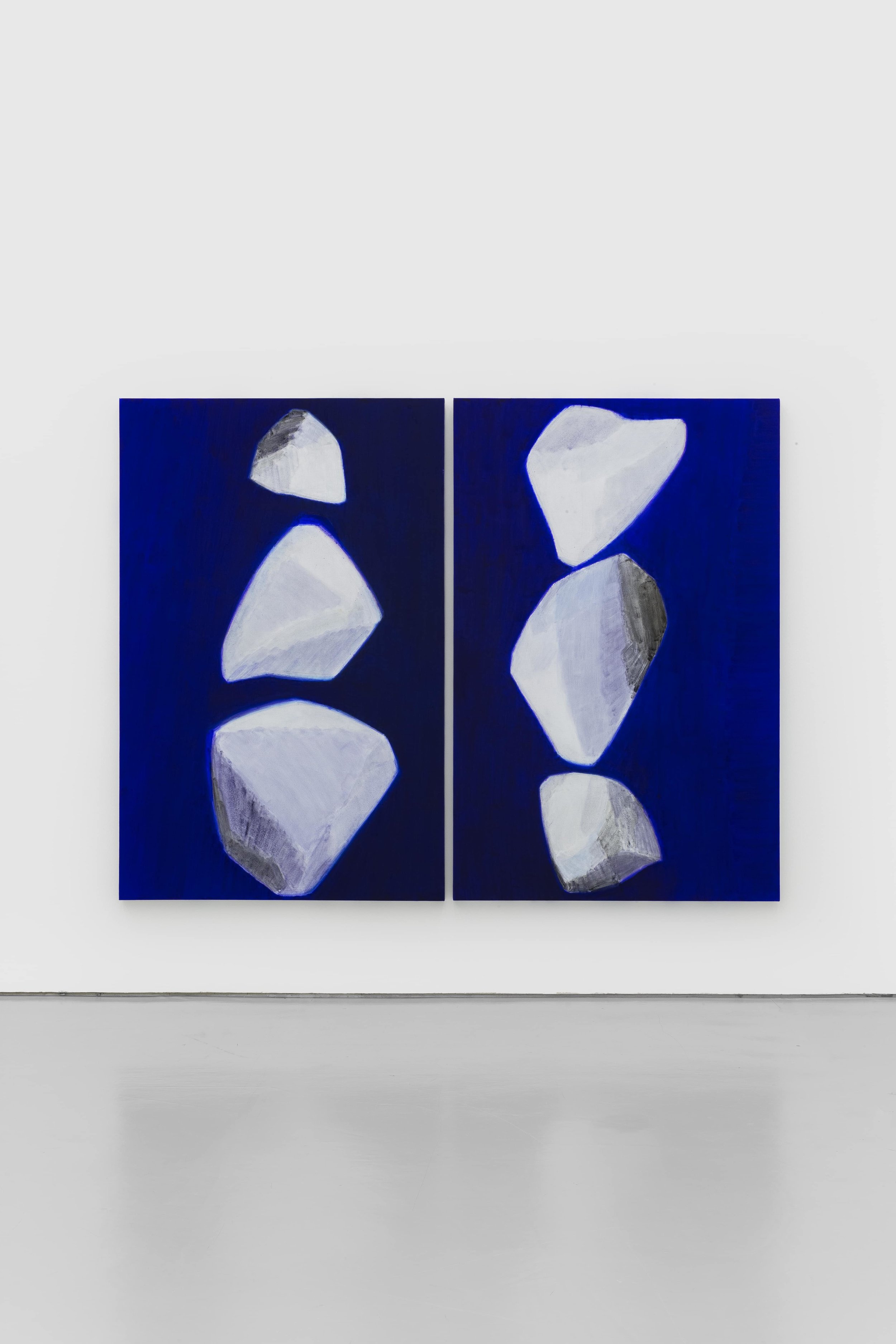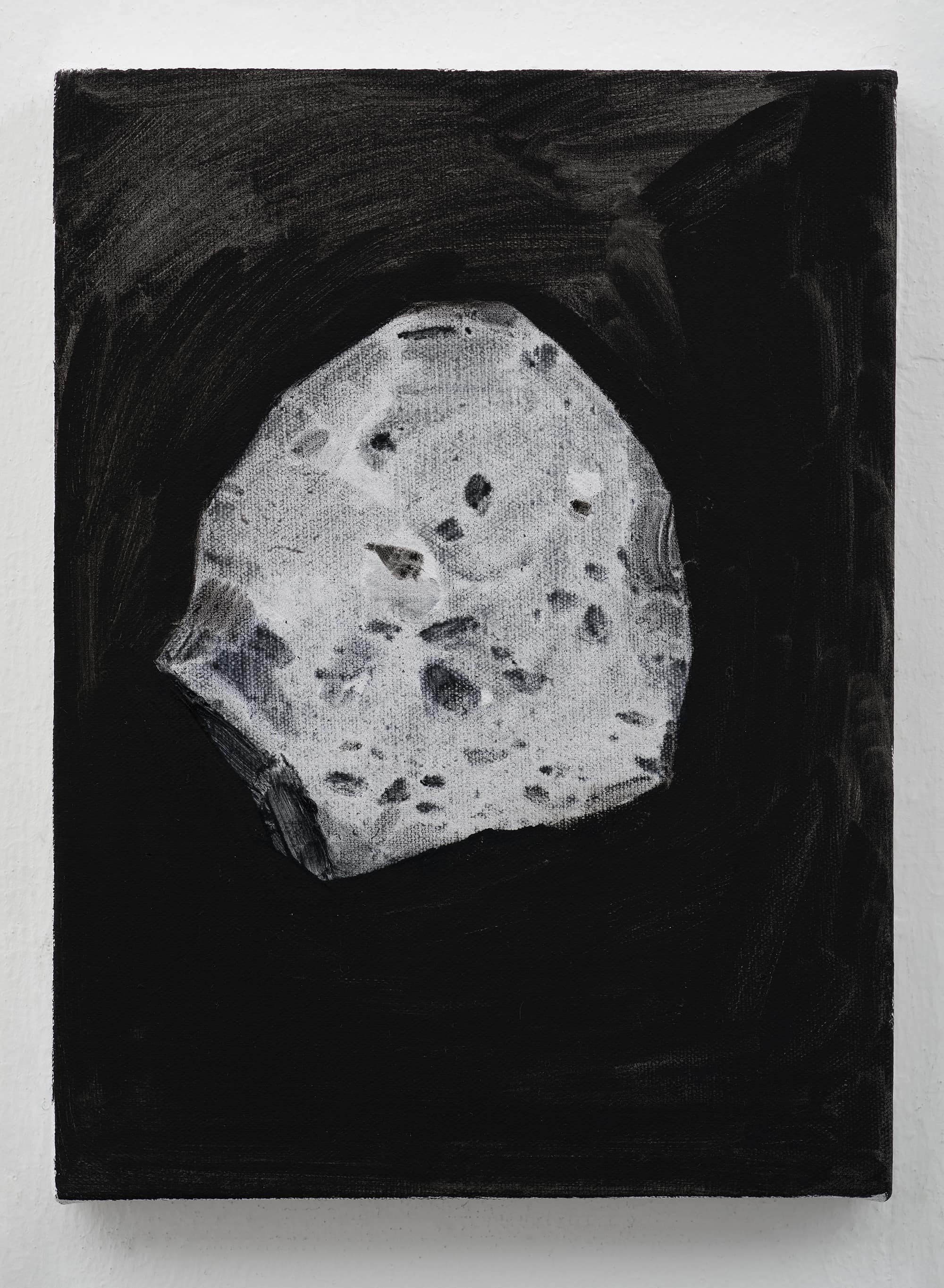The artist is an inventor of places. He shapes and incarnates spaces which had been hitherto impossible, unthinkable......
-Georges Didi-Huberman
Shanghai Gallery of Art is pleased to announce “Other Voices, Other Spaces”, a group exhibition dedicated to the notion of heterotopia, by Liang Manqi, Li Qing, Shi Zhiying, Wang Yi and Yuan Keru. The space we live in is never homogeneous or empty, but often implies a set of relations. Yet in every culture there exists imagined or real locales that connect to all other sites while remain neutral, devoid of predetermined conditions, which philosopher Michel Foucault notably explored and defined as heterotopia.[1] For him, these are escapes that are simultaneously part of and removed from reality. This state of in-betweenness offers opportunities for introspection, meditation and moments of epiphany. Works include in this exhibition reveal a common interest in rendering an ostensibly natural world in light of the artists’ interior realm.
Focusing on surfaces, shapes, forms and movements of lines, Shi Zhiying seeks to grasp human senses and the perpetuity of universe through depictions of minimalistic landscapes, sites of dilapidated civilization and symbolic objects. Her works visualize the macrocosm by rendering every scenery or object real and unreal, concrete and indefinite, and now and yet to come. As a continuation of her previous Ocean series, Grass series and Mars series, Stone 17-4 (2017), Stone 17-5 (2017) and Stone 17-7 (2017) evoke infinitely open spaces on the finite canvas surface, an imaginary landscape extends into the universe until it becomes indistinguishable from it. In Meteorite 1, 2 and 8 (2018), the artist renders individual stones as representations of microcosm at large, while Glass Beads No.1-3 (2017) delineate the same beads at different intervals, revealing the artist’s own state of mind. Like the Library of Babel imagined by Jorge Luis Borges, these works consummate singular and universal, instant and infinity, and are in and towards the future.
Projected directly on the windows opening to the Bund, Li Qing’s multi-channel video installation Sea (2016) superimposes the fictional sceneries of ocean onto the real view of Huangpu river, creating a temporary heterotopia inside the physical space of the gallery. Throughout Li’s oeuvre, he often assembles distinct images, objects and symbols to question the very subjectivity of memory, history and truth. From one of his most recognizable series, Finding Differences · The Window in the Mirror (2016) is a diptych that juxtaposes two seemingly identical images for the viewers to explore and make distinction. Depicting the reflection of sea in a mirror, this work offers the spectators to see the ocean where it is absent, further blurring the boundaries between what is absolutely unreal and the actual standing point they occupy. In Tibet (2012-2017), Window · Tsunami (2017), and Neighbor’s Window· Rural Church (2017), Li places abandoned old windows he collected on top of painted imageries of unrelated moments and sites, suggesting a perpetual and indefinite accumulation of time in a place without a place.
Drawing inspiration from her everyday experiences, Liang Manqi developed a unique visual language that communicates emotions and thoughts through her signature construction of space. Often starts with structure, Liang gradually works her way throughout the canvas, adding or eliminating lines, shapes and color blocks and deliberately leaving traces of her brushstrokes and movements. The completed works archive each her thought and every breakthrough of the previous layers of compositions and imageries. For this exhibition, the artist carefully designed a compressed space, inside which she extends her unique abstract composition into the space. By doing this, Liang dissolves the divisions between the tangible and the imagined, and overwhelms the viewers with a space of geometry, form and color of her own.
Characterized by flat shapes, controlled lines, thin layers of pigment and a bright and expressive palette, Wang Yi renders landscapes and the interiors otherworldly and full of lighthearted imagination. In recent years, he developed a personal style that is relaxed, refined and effortlessly graceful. Inspired by his journeys to Tibet, Yunnan and north America, Wang paints magical realistic themes in correspondence to his feelings inward, capturing sceneries more vivid and enticing than the real.
Tender and fierce, Yuan Keru’s narrative black and white three-channel video installation A Salted Encounter (2014) traces through the protagonist’s journey in search of the truth and the self. In a world where the familiar becomes estranged and the mundane becomes mystical, only through genuine self-awareness could individuals find peace and reconcile with oneself. Often situated in outlandish background, Yuan’s video works are profoundly poignant, evoking the artist’s own struggle for reorientation and the rediscovery of individual identity.
Works by these artists are neither realistic representation nor pure imagination, but a vision, a symbolic self-expression and above all, a heterotopia that encapsulates different voices and spaces from within. The surface of the medium establishes two distinct orders of visibility—one phenomenal and the other imaginary—and locate the works in the interstice between the two. In their own way, they evoke the sublime experience of looking into the distance and seeing a million sparkles on the horizon that it is no longer clear where the reality ends and the future begins.














